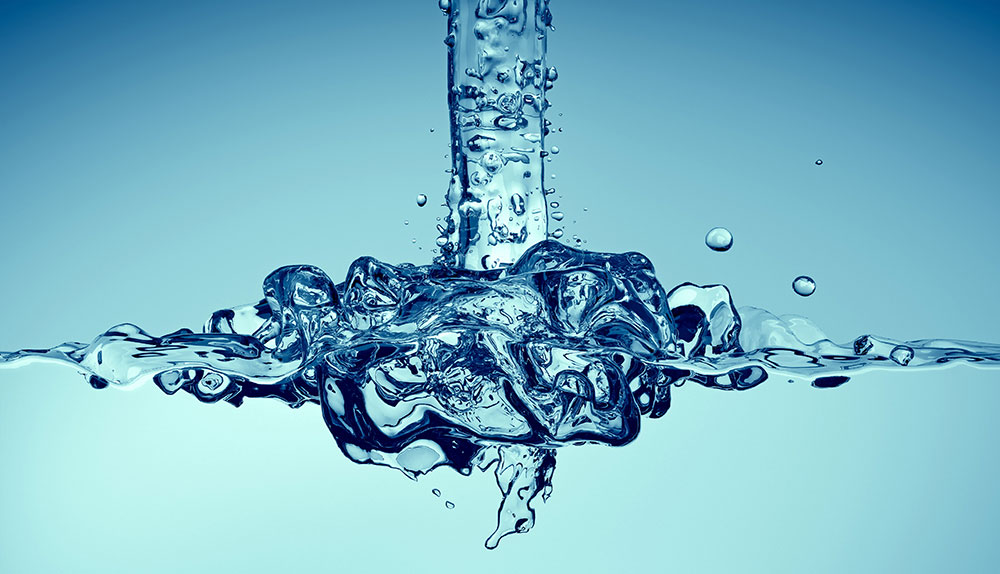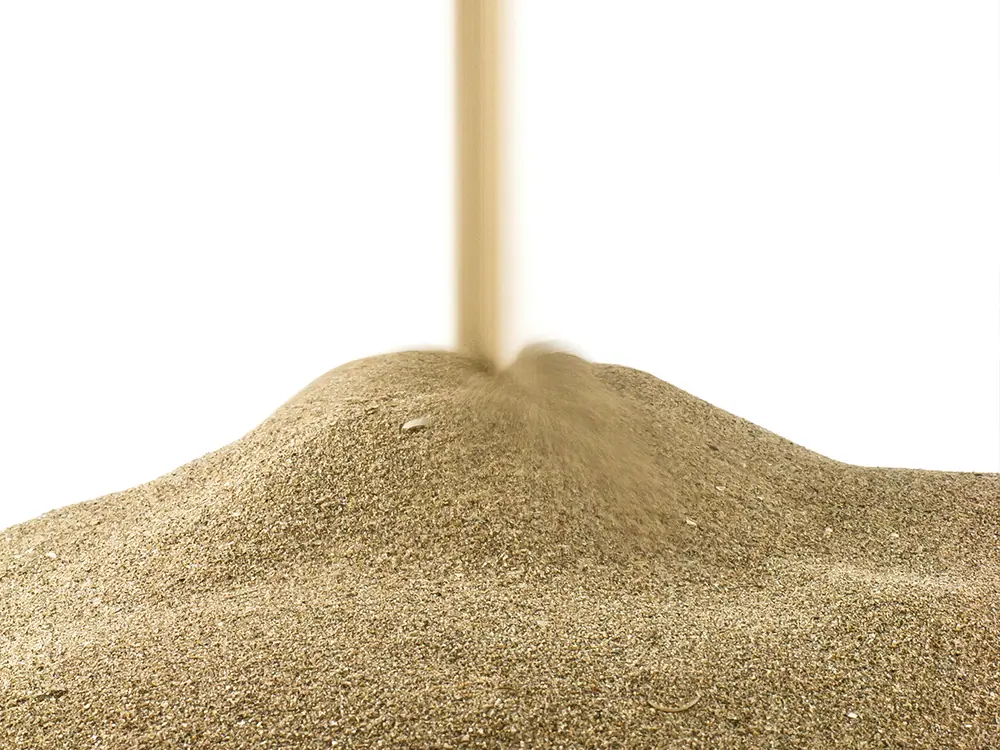How to Ballast Our Water Barricades

Water-filled barriers have grown in popularity over the past few years –– and with good reason. Evidence suggests that water-filled barriers can lessen the severity of accidents that occur along roadsides or in construction zones. Plus, water barricades are cheaper and more versatile products than metal or concrete alternatives, without sacrificing durability or strength. Today we’ll review a few basics about water-filled barriers and their implementation — namely, how to properly ballast them with water. Check it out here:
Filling Barriers with Water
Before filling plastic barriers with ballast, first it’s necessary to move them into place. One big advantage that water-filled barriers have over concrete alternatives is their portability. When empty, most plastic barriers can be moved relatively easily by a team of workers. For reference, one of our biggest barriers –– the 42″ Jersey Shape LCD –– only weighs 75lbs when empty.
Once you’ve assembled and connected the barriers where you want them, you can begin to fill them with water. OTW Safety’s barriers come equipped with a fill cap on top of the structure and a drain cap on the side near the bottom. This allows workers to empty the barriers without tipping them over or moving them at all.
Filling a barrier is as simple as closing the drain cap, opening the fill cap, and pouring in water. Once filled to the preferred amount, shut off the water supply and close the fill cap securely.
Here are some further considerations professionals should keep in mind when filling a barrier with water.
Ballasting Recommendations
Many times, professionals in construction zones should not fill their barriers completely with water. Let’s look at the 42″ Jersey Shape LCD again. In order to be successfully deployed as an LCD, the barrier should be filled with only 10 gallons of water –– even though it can hold more for other purposes. As such, it’s wise to measure out 10 gallons of water in another container first before pouring it into a barrier. Remember that when filled completely with ballast, plastic barriers can become nine or ten times heavier than when empty. Some of our barriers may weigh over 900 lbs when ballasted fully.
Note also that while these barriers are most easily moved when empty, they can still be moved when filled with water. For example, if a crew set up water-filled barriers inside a building for an event, the barriers could be removed with a forklift and emptied where appropriate.

Water vs Sand as Ballast
In general, we recommend using water as a ballast for our plastic barriers. Water provides optimum ballast for barriers deployed in construction zones or along roadsides. Rarely, professionals may decide to fill barriers with sand if they need to add extra weight to a barrier structure. However, the sand can be tougher to remove than water.
Water-filled barriers can be deployed even in harsh environments. Some of our barriers have been used in parts of Northern Alaska and Canada.
Contact the Pros
At OTW Safety, it’s our mission to provide our clients with the highest quality plastic barriers on the market. Our products are designed to ensure safety, while simultaneously providing key advantages like extra portability and versatility. To learn more about plastic barriers and how to use them effectively, contact our team here. We’re happy to answer any questions you may have!


